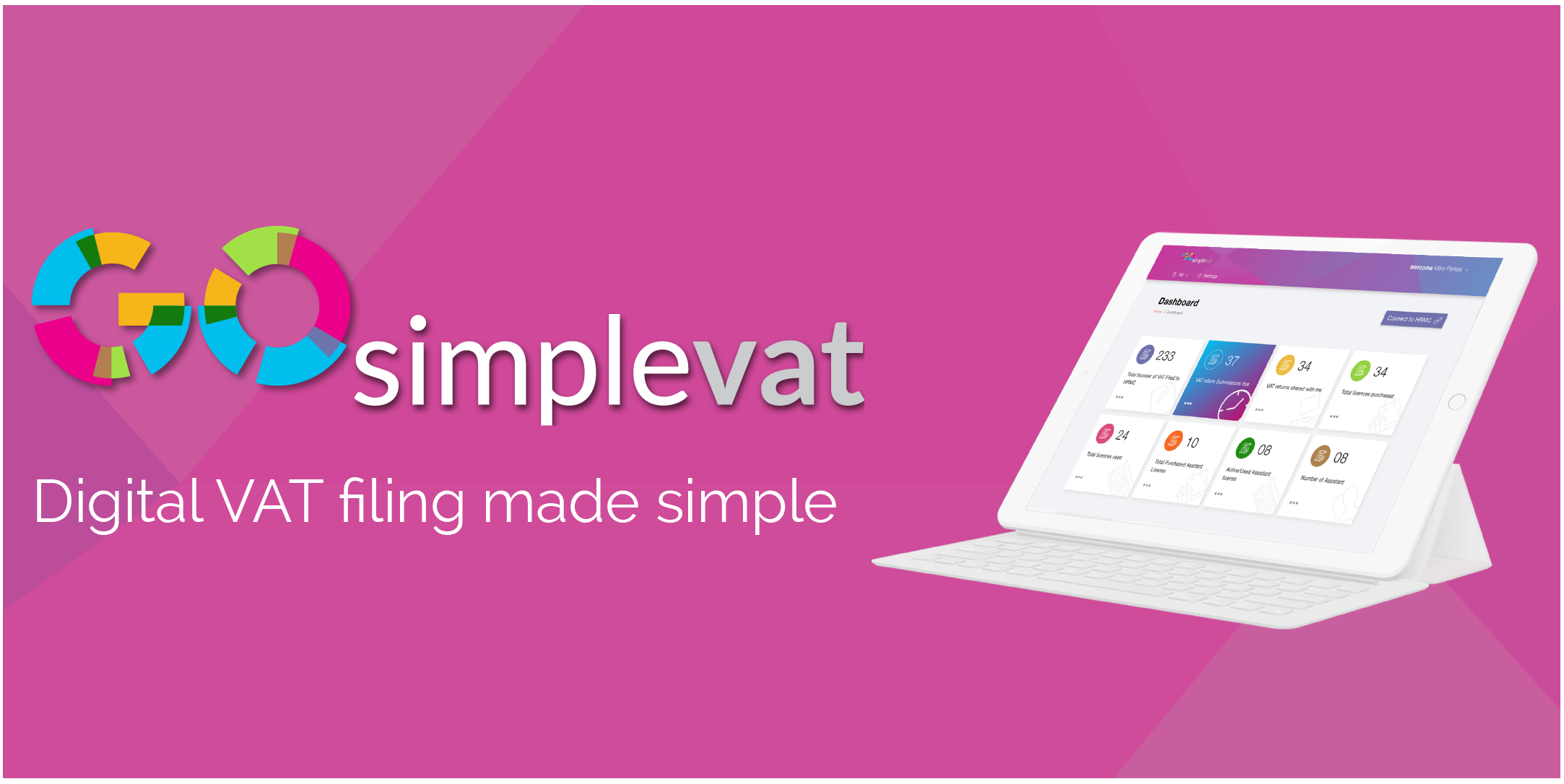
As only 57% of businesses have reported that they are ready for the Making Tax Digital (MTD) for VAT deadline, we want to ensure that our members are prepared for the future of accountancy. Essentially, the industry is in a period of transition where businesses with an annual turnover over the current VAT threshold of £85,000 (as of 2019/20) are required to digitalise their VAT accounts.
For those unfamiliar with the term, to digitalise your finances means using a computerised or spreadsheet-based system that keeps VAT records and allows for VAT returns to be submitted direct to HMRC. Storing and submitting digital records through the adoption of accounting software allows for a cleaner way of bookkeeping, as Mike Parkes from GoSimpleTax explains.
It was decided in February 2019 that MTD for VAT would not be delayed, despite calls made by a House of Lords subcommittee to do so in late 2018. The initiative applies to all VAT-registered businesses with earnings over £85,000 with a view to enrol those VAT-registered businesses under that bracket the following year.
Under the new MTD for VAT regime, you will need to submit VAT figures through HMRC-recognised software.
This is designed so that your workload will be reduced as, by submitting your VAT calculations digitally, you won’t need to supply HMRC with updates manually on their site. It also aims to minimise any mistakes made during transposition.
Eventually, you will face a penalty if you miss the deadline. While currently there is a grace period in place that allows businesses to cut and paste information if they use ‘bridging software’ until 31st March 2020, soon HMRC will slowly be reprimanding businesses that fail to implement a software solution. By not digitalising immediately, you are restricting your transitioning time and maximising business disruption.
For those still working on spreadsheets, while the migration may seem initially daunting, it’s worth remembering that you’ll never waste time on unnecessary data entry again. You will, however, have slightly more time to join the initiative.
The use of ‘bridging software’ is still considered acceptable by HMRC, and digitally links spreadsheets to HMRC to maintain the digital path necessary for MTD. You have until 31st March 2020 to integrate this or other compliant accounting software, and information can be transferred using the cut and paste method in the meantime.
GoSimpleVAT is a new bridging software product launched by GoSimpleTax, designed to assist businesses through MTD for VAT. Approved by HMRC and guaranteed to lead you to compliance, their software is ideal for independent earners and contractors.
Register for a free 14-day trial to get a taste of their tax-saving solutions.